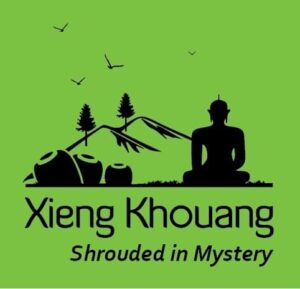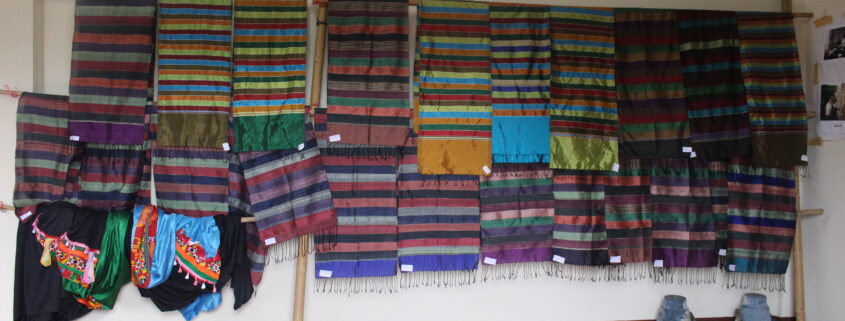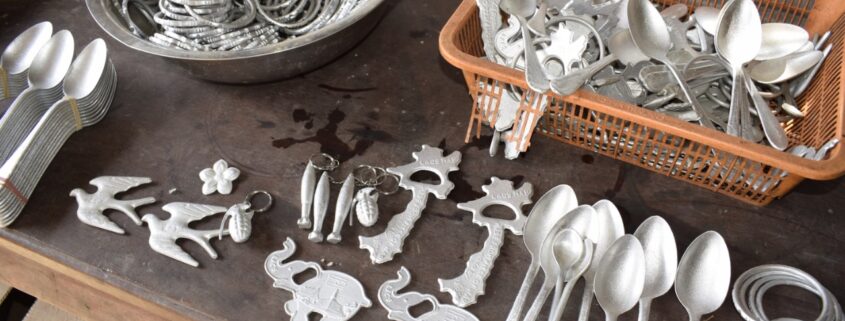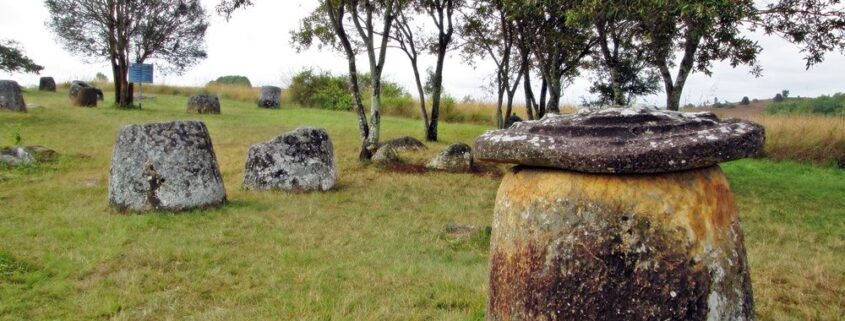Tai Dam Cultural Hall
Culture vultures can taste the Tai Dam lifestyle at Ban Xieng Kio- government-designated cultural villages locate about 48 km north of Phonsavanh near Kham town on Lao route 7. The two-storey Tai Dam Culture Hall greets visitors to the village, and the traditional Tai Dam bedroom leads off the tour: a row of thin mattresses with patterned cotton sheets, square pillows, and decorated blankets on rattan mats with back mosquito nets knotted overhead.



